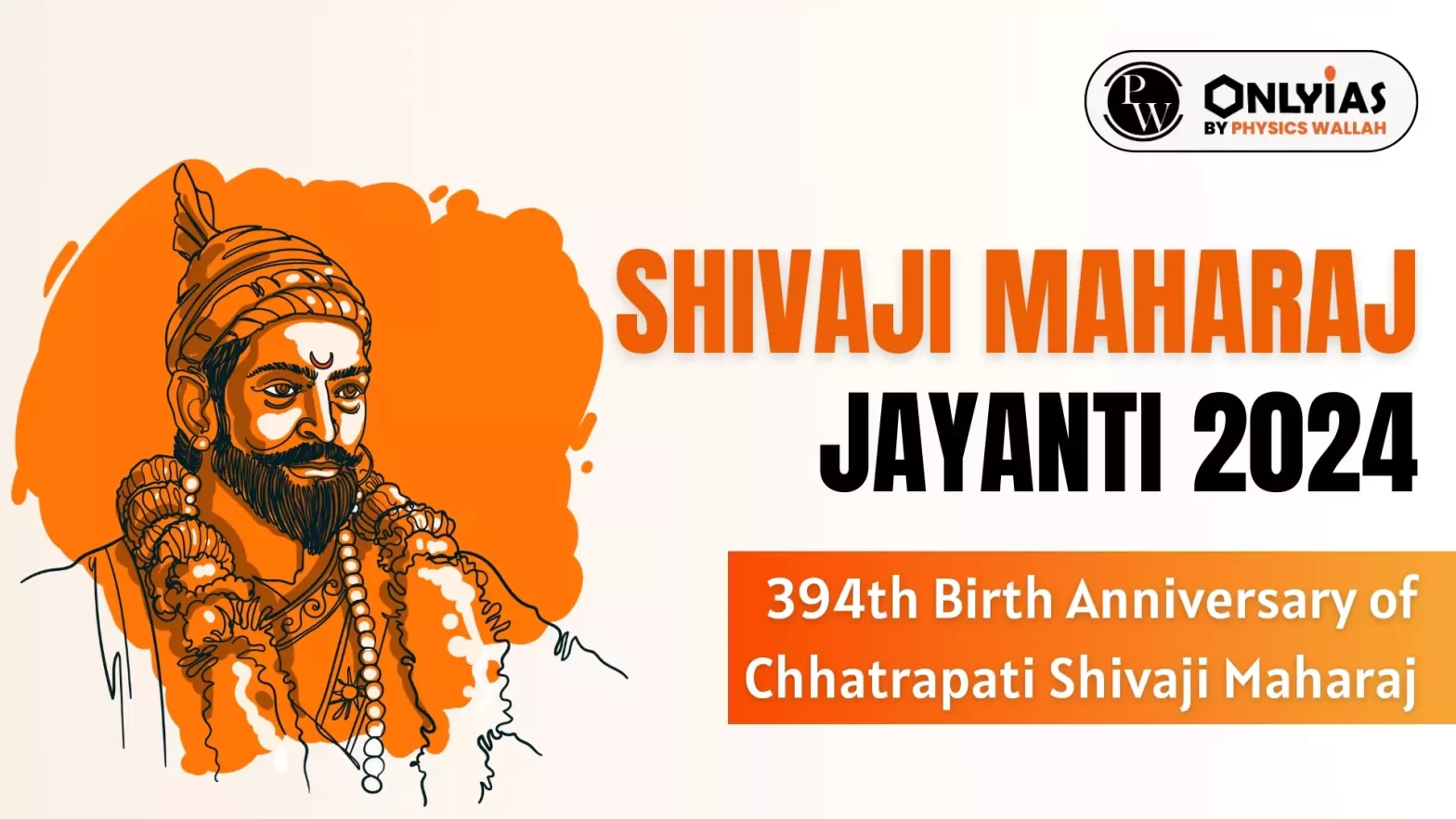Chhatrapati Shivaji Maharaj Jayanti will be celebrated on 19 February 2024, to commemorate the birth anniversary of Chhatrapati Shivaji Maharaj, the founder of the Maratha Empire.

Chhatrapati Shivaji Maharaj Jayanti will be celebrated on 19 February 2024, to commemorate the birth anniversary of Chhatrapati Shivaji Maharaj, the founder of the Maratha Empire.


| Battle | Date | Outcome |
| Battle of Pratapgarh | 1659 | Decisive Maratha victory |
| Battle of Kolhapur | 1659 | Maratha triumph |
Treaty of Purander (1665)
|
||
| Siege of Panhala | 1660 | Tactical retreat by Shivaji |
| Minister | Responsibility |
| Peshwa (Mukhya Pradhan) | Finance & general administration. Later became prime minister |
| Senapati (Sar-i-Naubat) | Military commander |
| Majumdar (Amatya) | Accountant General |
| Waqenavis (Mantri) | Intelligence, posts and household affairs |
| Sachiv (Surnavis) | Correspondence |
| Dabir (Sumant) | Foreign minister & Master of ceremonies. |
| Nyayadhish | Justice |
| Panditrao (Sadar) | High Priest, managing internal religious matters |

| Must Read | |
| NCERT Notes For UPSC | UPSC Daily Current Affairs |
| UPSC Blogs | UPSC Daily Editorials |
| Daily Current Affairs Quiz | Daily Main Answer Writing |
| UPSC Mains Previous Year Papers | UPSC Test Series 2024 |
Shivaji Maharaj was born in 1630 at Shivneri Fort.
His father was Shahaji Bhosale, a Maratha general, and his mother was Jijabai.
Shivaji is known as the Father of the Indian Navy. He established the Maratha Navy, introducing fortified naval bases and innovative tactics.
He pioneered guerrilla warfare techniques known as "Ganimi Kava."
Shivaji implemented the Ashta Pradhan system and promoted regional languages.
Chhatrapati Shivaji Maharaj (1630–1680) from the Bhosale clan, founded the Maratha Empire and fought against the Mughal Empire.

<div class="new-fform">
</div>